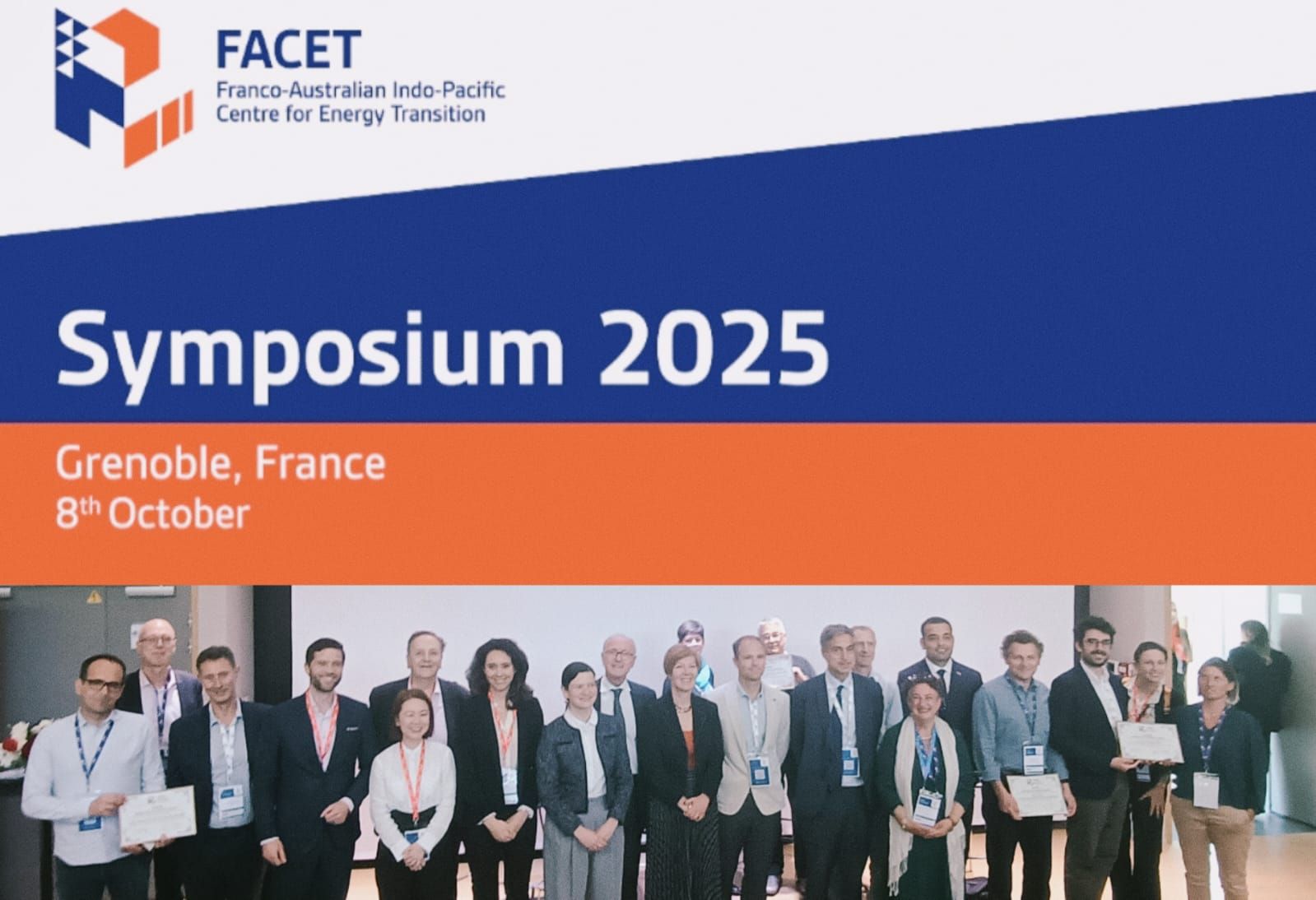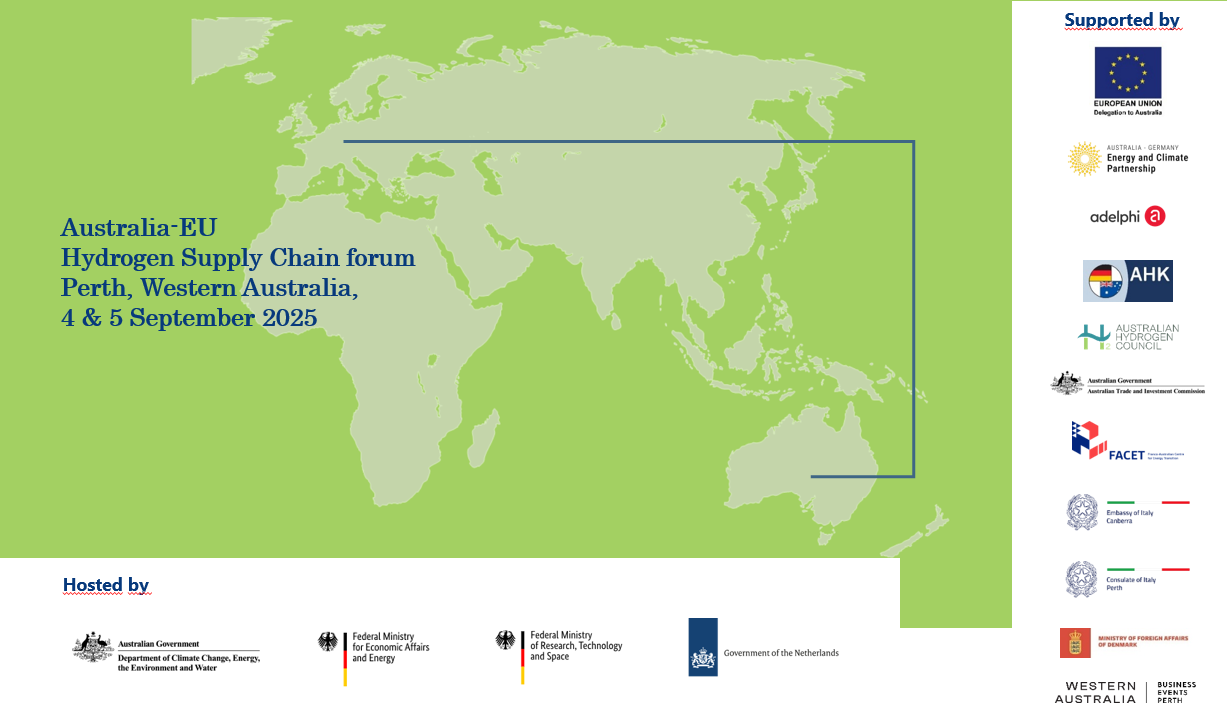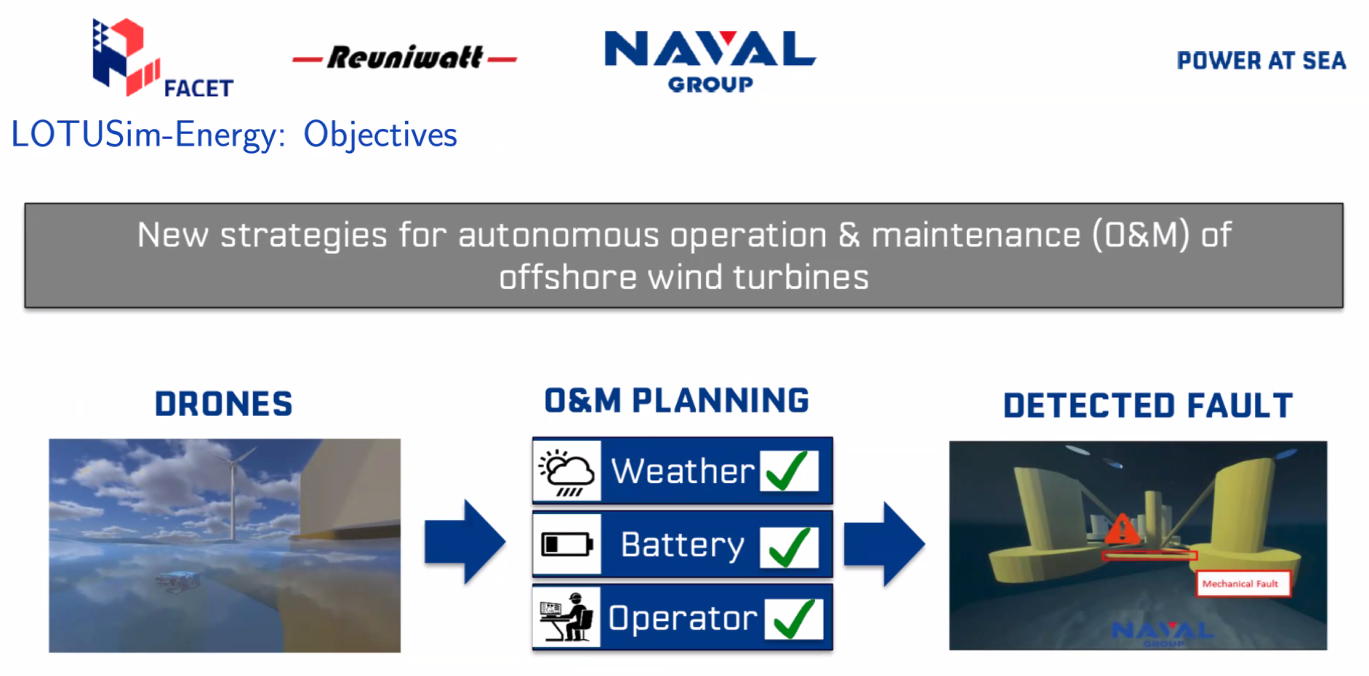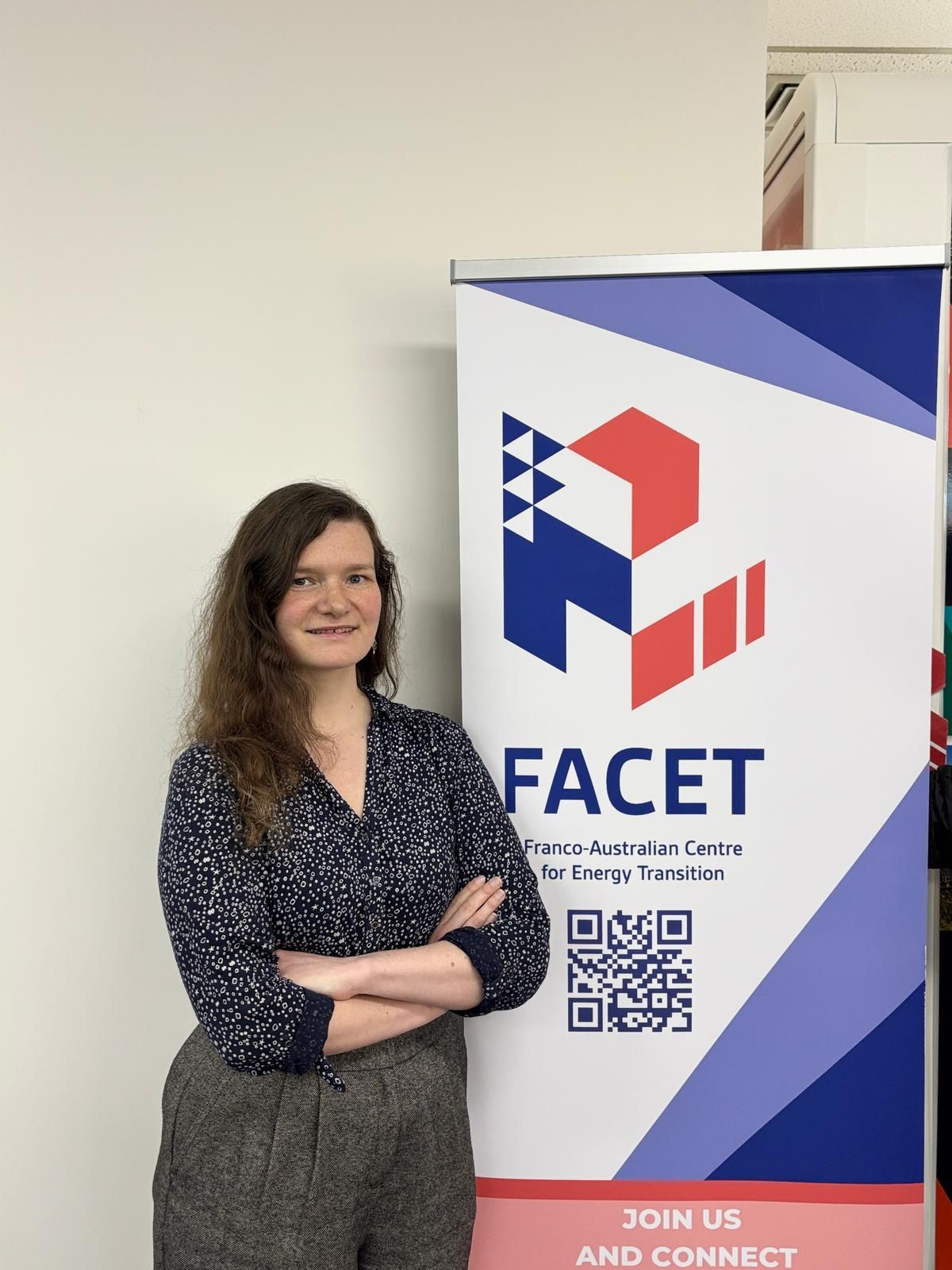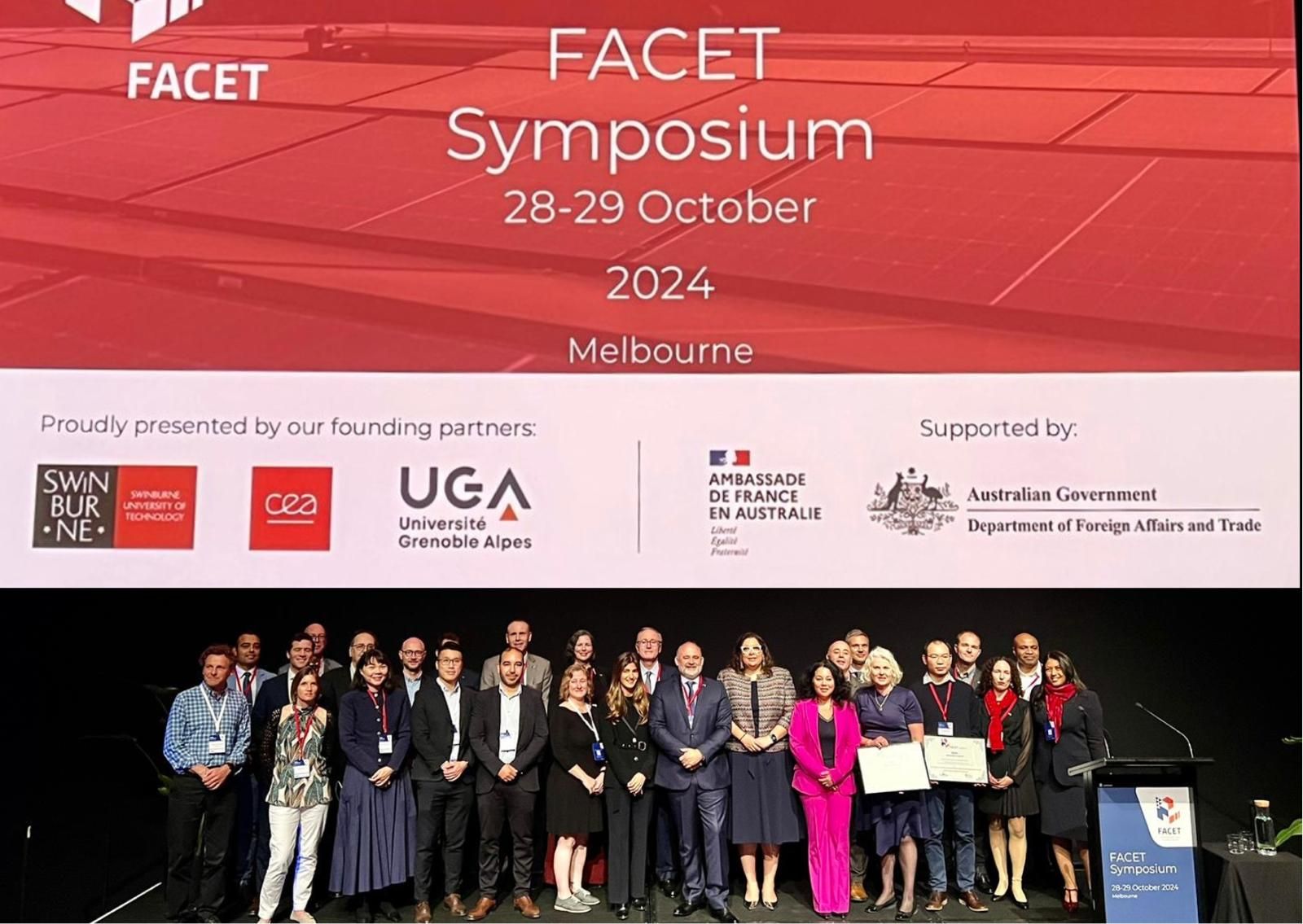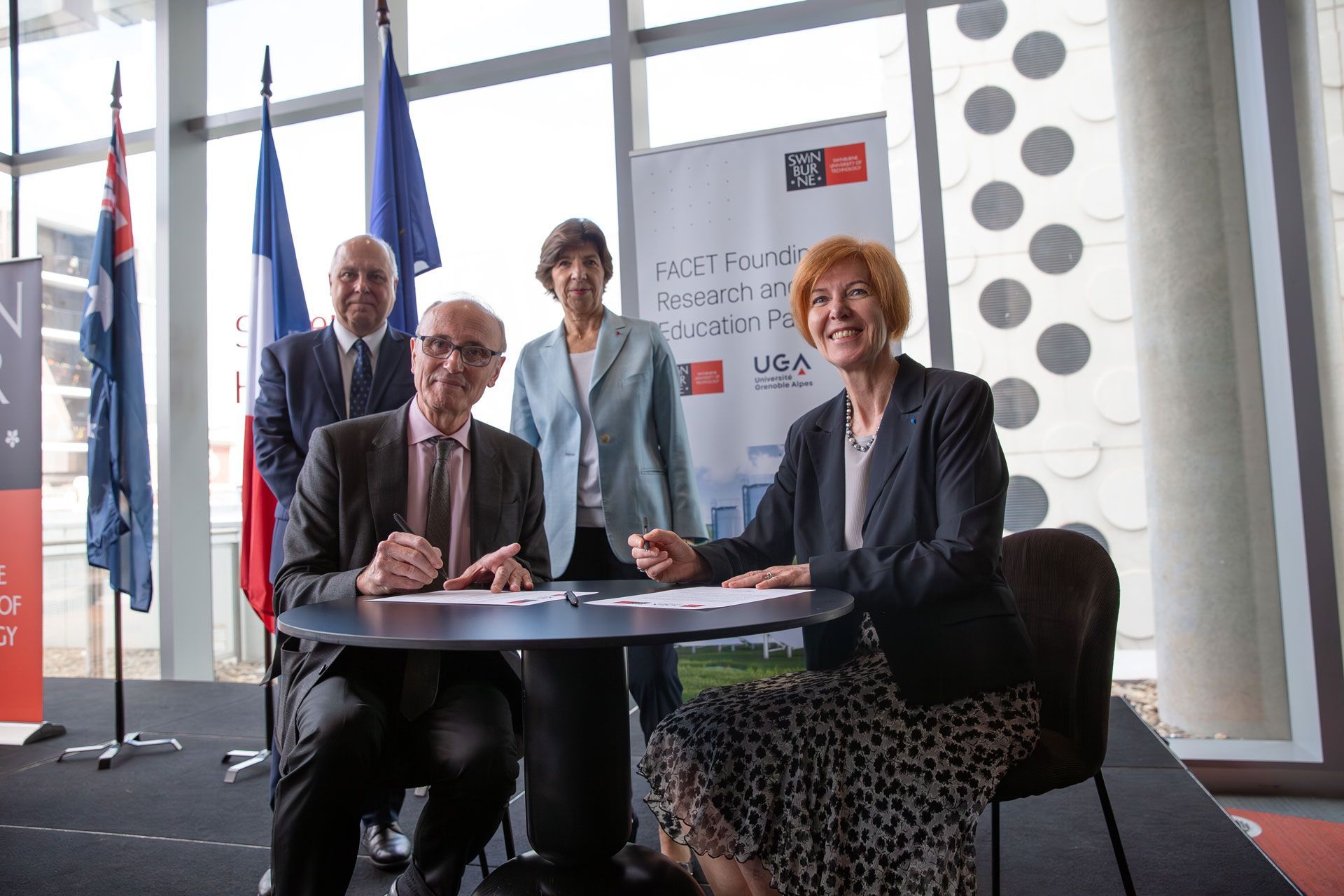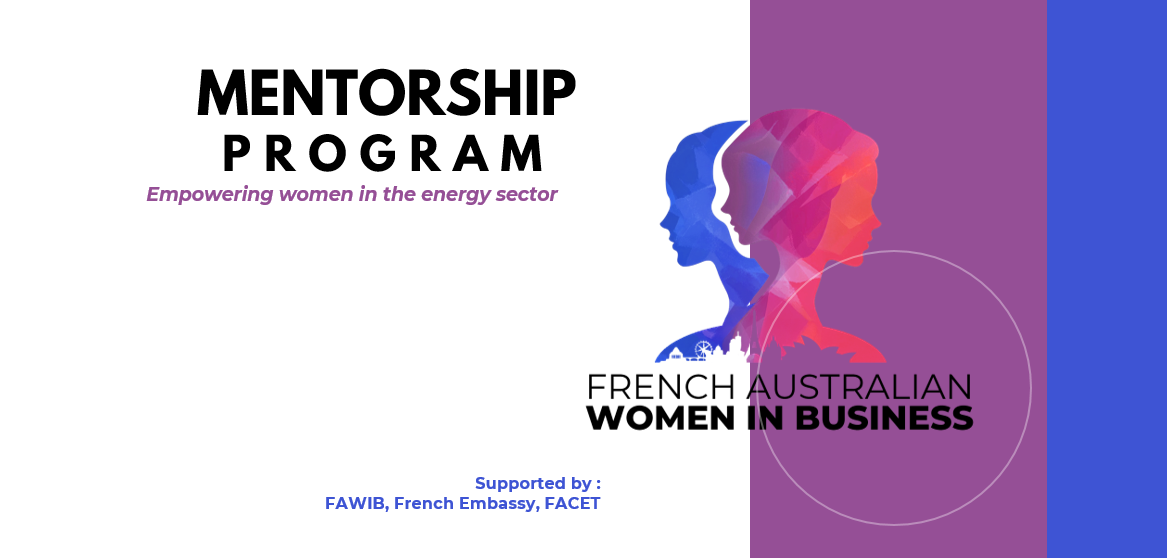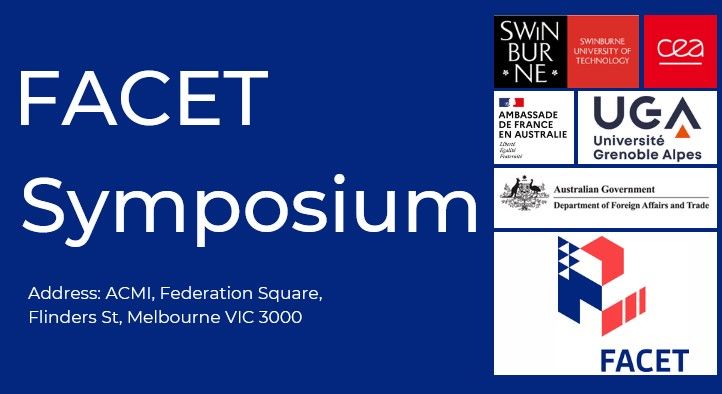By Melanie Ducros
•
October 8, 2025
Unveiled in France at FACET’s second annual Symposium on 8 October 2025, the announcement brought together senior leaders from research, industry and government across Australia and France - underscoring the deepening partnership between the two nations in tackling climate and energy challenges. FACET set an ambitious goal for 2025: achieving at least 50% co-investment from project partners . That target has been decisively exceeded, with nearly AUD 3 million in co-investment secured , reflecting strong, shared commitment from both academic and industrial stakeholders. The newly funded projects showcase the breadth, ambition, and impact of the FACET portfolio: • Transforming mine waste into critical metals and green construction materials through a circular economy initiative focused on resource recovery. • A powerful simulation tool to support Australia’s shift to flexible, renewable energy systems that deliver reliable electricity and heat. • A French–Japanese–Australian collaboration to unlock the export potential of green hydrogen across the Indo-Pacific. • Unlocking liquid hydrogen storage making it safer and more affordable for large-scale energy use. • Fast tracking operations & maintenance for offshore wind learning from operational teaming with unmanned systems. • The launch of the Climate 4.0 Hub , a startup accelerator based at Swinburne University of Technology’s Hawthorn campus in Melbourne, connecting French and Australian entrepreneurs with innovation ecosystems and commercialisation pathways. The announcement also coincided with a landmark moment: the l argest ever Australian energy delegation to France , held as part of the FACET France Energy Transition & Innovation Tour, in partnership with the French Australian Chamber of Commerce & Industry (FACCI). Events across Paris, Lyon, and Grenoble provided a unique platform to deepen bilateral ties and showcase joint capabilities in clean energy and innovation. As the global community faces the accelerating challenges of climate change and energy security, FACET continues to lead from the front - catalysing innovation, driving investment, and fostering high-impact international partnerships for a more sustainable future. Snapshots of 2025 projects From mine waste to critical metals & green construction materials TAILS - Tailings and Innovative Leverage for Sustainability - French Australian collaboration to advance global sustainability, energy transition and industry decarbonation by extracting critical metals from mine waste and recovering minerals for the construction sector. Over 10 billion tonnes of mine waste, known as tailings, are produced globally each year - posing a serious environmental and safety threat due to the risk of dam failures and toxic leaks. Yet hidden in this waste are valuable critical metals, including rare earth elements (REEs) essential for clean energy technologies like EVs and wind turbines. In a game-changing collaboration, GHD, CEA and partners aim to recover these critical minerals and repurpose the non-metallic tailings into low-carbon construction products such as geopolymers, aggregates, and bricks. The project will use advanced mineral separation and testing to unlock value from tailings and build a scalable roadmap for full-scale rollout. By turning mine waste into a resource, the initiative not only reduces emissions, waste, and risk, but also strengthens strategic supply chains and promotes a circular economy. “Ultimately, this project transforms an environmental liability into a strategic, economic, and sustainable asset,” said Charles Vuillier of GHD. “We're not just cleaning up mine waste - we’re unlocking its potential to power the clean energy future and provide the materials for some of the build of tomorrow.” Partners: GHD, CEA – ISEC, BRGM, Invest Victoria Dispatchable DC grid DipatchGrid - Dispatchable DC grid: a flexible microgrid with intermittent generation and hybrid energy storage This project is developing a powerful simulation tool to support Australia’s shift to flexible, renewable energy systems that deliver reliable electricity and heat. Using a 10 MW DC microgrid as a case study, it repurposes legacy infrastructure from retired coal-fired power stations, and integrates wind, solar, and advanced storage technologies - thermal, chemical, and electrical - to ensure a stable, dependable power supply. At its core is a digital prototype that tests different system setups, checks grid stability, and models cost-effectiveness. This virtual microgrid will form the foundation for a digital twin, giving industry and policymakers a practical tool to guide real-world energy planning and deployment. According to Professor Gary Rosengarten, Director Sustainable Technologies & Systems, Enabling Impact Platform, RMIT “This isn’t just a study - it’s a decision tool for a smarter energy transition. By reusing old infrastructure and testing systems digitally before rollout, we’re building a cleaner, more reliable and cost-effective energy future.” Partners: RMIT, CEA LITEN, Storabelle, Rondo Energy, Université Grenoble Alpes, Australian Department of Energy, Environment and Climate Action Tripartite green hydrogen A tripartite approach to unlock Australia’s green hydrogen export potential to create sustainable hydrogen supply chains in Australia, France and Japan This trilateral project between France, Australia, and Japan will deliver a decision-support tool to strengthen collaboration in all three countries. Specifically, the tool will help French and Australian companies prepare for bids and projects in Australia, while also assessing the most viable export pathways to Japan and France. The project also aims to map supply chain opportunities, highlighting investment prospects, and identifying new business opportunities across the three countries. “This collaboration represents an important step forward in advancing global hydrogen innovation,” said Dr Julie Mougin, Deputy Director for Hydrogen Technologies at CEA, and Gordon Chakaodza, Director of the Victoria Hydrogen Hub (VH2). They added, “by combining the strengths of France and Australia, we will generate vital data and insights that open opportunities for companies to engage in three of the world’s most significant hydrogen markets.” Partners: CEA, Victorian Hydrogen Hub (VH2), Australian Hydrogen Council, Vireo Energy. Towards a safe and reliable hydrogen storage CHALIA: Condensation of Humid Air during Loss of Insulation Accident in LH2 tanks The CHALIA project is tackling one of the biggest challenges in clean energy: making liquid hydrogen (LH2) storage safer and more affordable. While LH2 offers zero emissions and high energy for heavy-duty transport, it also comes with risks - like pressure build-up, boil-off gas loss, and potential tank rupture. Current understanding of transient behaviour following tank failure remains limited, and accurate predictions of boil-off rates, even under normal operating conditions, require further improvement. This international collaboration between FEnEx CRC, CEA, and UWA is developing advanced tools, experiments, and simulations to better understand and predict LH2 behaviour during normal use and accidents. The project combines lab-scale testing with full-scale tank trials to improve safety standards, reduce storage losses, and support wider adoption of hydrogen. “This isn’t just about safety - it’s about unlocking hydrogen’s full potential as a clean energy solution. By understanding how LH2 behaves during storage, we can make it safer, cheaper, and ready for the real world.” commented Professor Eric May, Future Energy Exports (FenEx) CRC. Partners: Future Energy Exports CRC, CEA, University of Western Australia Fast tracking O&M for offshore wind LOTUSim-Energy (Learning from Operational Teaming with Unmanned Systems) Operations and maintenance (O&M) of offshore wind turbines are complex, costly, and risky, requiring specialised vessels and equipment to handle harsh maritime conditions. Technicians and divers face significant safety hazards, and planning must account for failures and weather. Drones and autonomous systems offer a safer, more efficient alternative, but they still require complex prototyping before deployment. Simulation provides a way to model and validate solutions beforehand, reducing risks and costs. The project LOTUSim-Energy proposes the first cross-domain (air, surface, underwater) maritime simulation platform for testing and validating autonomous O&M processes. It will allow simulation of various offshore wind turbine locations, drone behaviours, and weather conditions for scenario experimentation and anomaly detection. Partners: IRL Crossing, Naval Group, Swinburne University of Technology, Université Grenoble Alpes Accelerating high-impact climate tech startups Climate 4.0 Hub The Swinburne-FACET Climate 4.0 Hub is a dynamic new initiative accelerating high-impact climate tech start-ups from Australia and France. Located in Melbourne, the Hub aims to act as an accelerator by supporting 5 to 10 start ups annually with hands-on mentorship, access to global investors, cutting-edge R&D, and pilot opportunities. Focused on clean energy, decarbonisation, critical minerals, and climate resilience, the Hub bridges industry and research to turn innovations into scalable solutions. By addressing the key "valleys of death" in climate tech commercialisation, the Hub will unlock new pathways for sustainable growth and position Australia as a regional leader in climate innovation. "We’re excited to launch the Swinburne-FACET Climate 4.0 Hub and foster climate innovation and collaboration between Australia, France and the Indo-Pacific" says Swinburne's Vice-President, Innovation and Enterprise, Werner van der Merwe. “Through our accelerated start up program, we’ll be providing targeted support and strong industry ties, which leverages the thriving innovation culture and capabilities offered by our in-house Swinburne Innovation Studio, to foster real-world impact with climate tech start-ups from Australia and France". Partners: FACET, Swinburne University, Twynam Earth Fund, ARENA, Invest Victoria, Business France, French Australia Chamber of Commerce, CEA, Université Grenoble Alpes Media contact: info@franceaustraliaenergy.com
